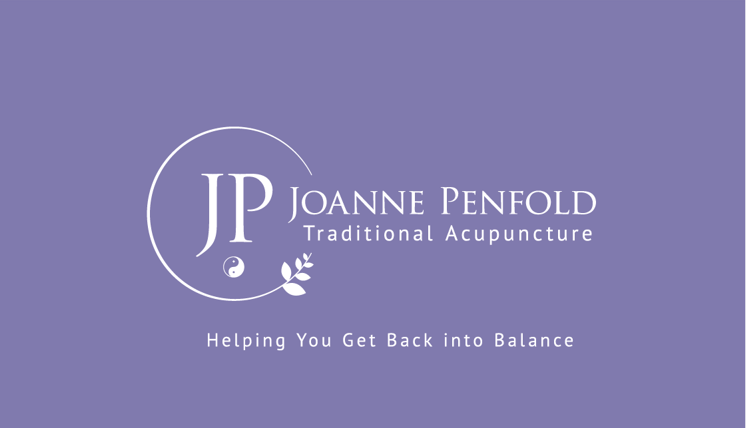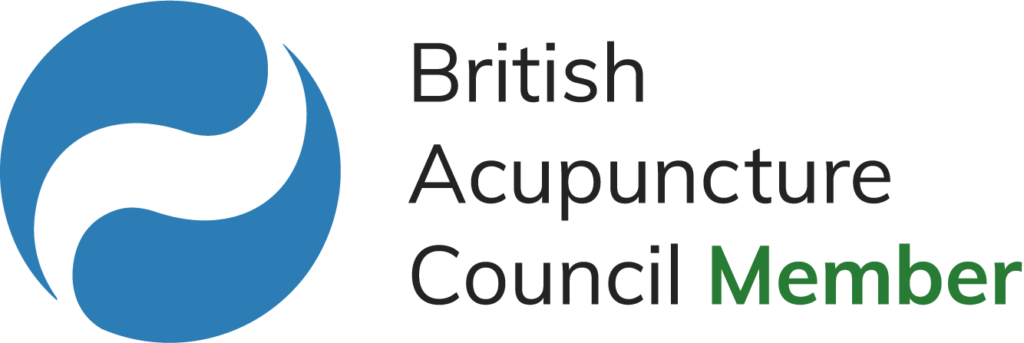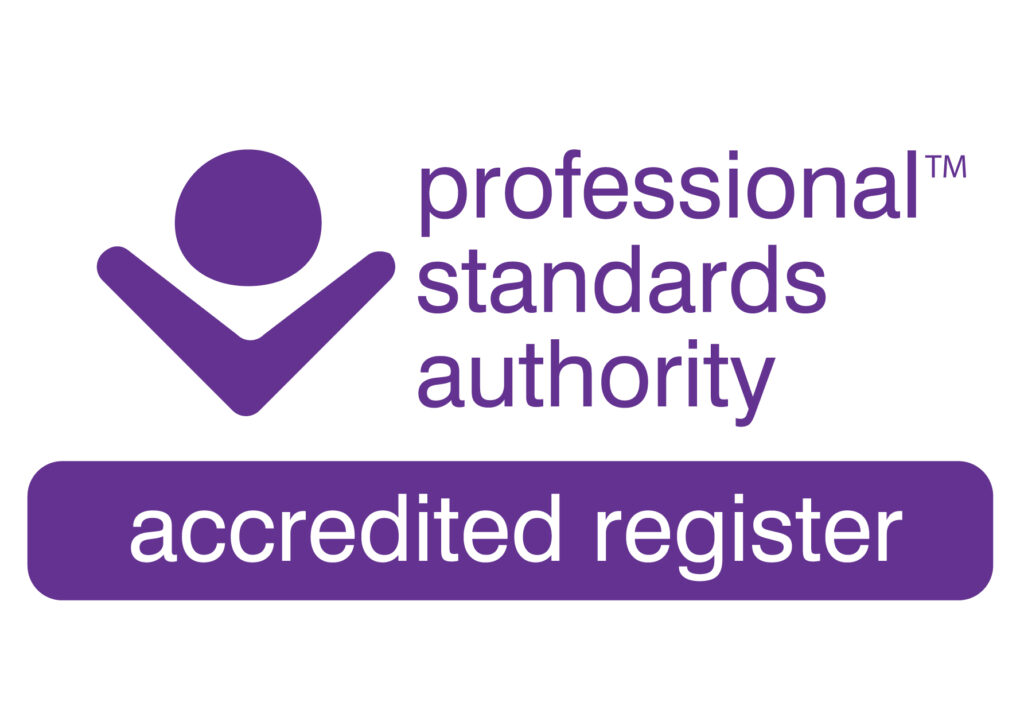Overview
Acupuncture is a branch of traditional medicine that has been practised in China and the far east for thousands of years. It has been developed, tested, researched and refined over this time into a treatment option accessed by increasing numbers of patients in the West. Without the benefit of modern scientific equipment, the first acupuncturists discovered many now familiar aspects of biomedical science.
A growing body of evidence-based clinical research is discovering how the body responds to acupuncture and its benefits for a wide range of common health conditions. Many people have acupuncture to relieve specific aches and pains such as osteoarthritis of the knee, TMJ pain, headaches and low back pain, or for common health problems like an overactive bladder. Other people choose acupuncture when they can feel their bodily functions are out of balance but have no obvious western medical diagnosis leading to western medical treatment. Many also have regular treatments simply because they find it beneficial and relaxing.
The focus for a traditional acupuncturist is on the patient as an individual and not just their specific illness, and all symptoms are seen as part of an interconnected pattern. Treatment involves the insertion of very fine needles into specific points which are said to affect the flow of your body’s Qi, or vital energy, although there is ongoing research and study that suggests what many practitioners already know: that inserting needles into the channels (or meridians) affects change within the human body, and the term ‘energy’ is rather simplistic.
How old is acupuncture?
Acupuncture is one of the longest established forms of healthcare in the world. It originated in China about 2,500 years ago and is now practised across the globe.
How does acupuncture work?
According to Eastern philosophy, the body contains two opposing forces: Yin and Yang. When the body is healthy, Yin and Yang are in balance and energy called Qi moves smoothly through channels called meridians. However if there is physical or emotional injury due to internal (e.g. physical, mental and emotional) or external (e.g. infections, poisons, weather) causes, Yin and Yang become imbalanced, the flow of Qi is disrupted or blocked and pain or illness develops.
Acupuncture works by inserting very fine needles into points along the meridians to stimulate or redirect Qi flow to balance Yin and Yang and enable the body’s own healing response to restore physical, emotional and mental equilibrium. There are 365 regular acupuncture points on the body in addition to extra points. They work a bit like the London tube network. If a signal goes out at Charring Cross Station, one of the main hubs, it can cause congestion. Correcting the signal can help get trains moving properly again and restore normal service. Acupuncture points work in the same way and stimulation of points either close to the area of imbalance or elsewhere aim to encourage proper flow.
Through both questions about your medical history, how your body functions on a daily basis and observations including reading your pulses, tongue and examining the site of symptoms, an acupuncturist will assess the state of a person’s Qi and decide which combination of points is right for you. Treatment is designed to affect your whole being as well as your symptoms, so, as the condition being treated improves, you may notice other health problems resolve and an increased feeling of wellbeing.
While it’s tempting to compare Chinese Medicine principles to what we know from anatomy and physiology from a western perspective, it’s important to remember that Chinese Medicine is a completely different way of thinking about the body and many of these concepts cannot simply be translated into familiar western terms. Seen from a scientific perspective, it is also thought unlikely that the effects of acupuncture can be attributed to a single mechanism, but a number of possibilities including a release of endorphins, modulation of activation of the immune system and modulation of the body’s parasympathetic activity. You can find out more from the British Acupuncture Council website.
Are there different types of acupuncture?
There are a number of different types of acupuncture. These can be divided into three broad categories: traditionally based systems of acupuncture, western medical acupuncture and microsystems e.g. ear acupuncture.
Traditionally based systems of acupuncture include Traditional Chinese Medicine (TCM), Five Elements, Stems and Branches and Japanese Meridian Therapy. The styles differ slightly in needling and diagnostic techniques, but all trace their roots back to classical medicine texts. However, there is no mind-body split so the physical, emotional and mental aspects of life are seen as equally important and interdependent. Jo practices Five Element Acupuncture (5EA). 5EA is based on Eastern philosophy on the Chinese Medicine concepts of Yin, Yang and Qi and includes spiritual aspects of Chinese medicine.
TCM was introduced in 1960s in China to provide healthcare on a large scale for the huge population. Like Five Element Acupuncture, it is based on Eastern philosophy on the Chinese Medicine concepts of Yin, Yang and Qi. However, it does not include the spiritual aspects of Chinese Medicine. Western acupuncture is an adaptation of TCM and is largely used by conventional healthcare practitioners using anatomy, physiology, and science medical models.
What is 5 Element acupuncture (5EA)?
The basic concept of the Five Elements is that the body is the same as nature. In nature, there are five elements Fire, Earth, Metal, Water and Wind. In a person, the five Elements live in a particular combination which is unique to that individual – a concept similar to DNA. The five elements do not exist in isolation but are constantly interacting with each other feeding and controlling each other to maintain balance. Imbalances occur when their interaction becomes stuck causing ill health.
Three things to know about 5EA are:
Firstly, 5EA treats a person holistically. This means that it regards all aspects of the person – physical, emotional and mental – as equally important and inter-related recognising that one can cause the other and vice versa.
Secondly, 5EA diagnoses and treats a person individually, rather than the generic illness. For example, two people may have the symptoms of a headache – but the root cause of one person’s headache may be caused by stress, the other’s by bright light. Just as this individual diagnosis is different, the 5EA acupuncture treatment given to each of these people will also be different.
Thirdly, as 5EA treatment is designed to affect the whole being or root cause of a person’s imbalance as well as their symptoms, many people find that not only does the condition being treated improve, but they also notice other health problems resolve and an increased feeling of wellbeing.
What is the difference between dry needling and acupuncture?
While both acupuncture and dry needling involve inserting thin needles into the skin, they have different philosophies and approaches. Acupuncture is rooted in Traditional Chinese Medicine, while dry needling focusing on releasing trigger points in muscles to alleviate pain.
What is acupuncture used for?
The National Institute of Excellence (NICE) already lists acupuncture for chronic (long-term) pain and headaches. The NHS lists it is often used for other conditions including joint and muscle pain and the side effects of cancer treatment.
People choose acupuncture for lots of different reasons from relief for specific aches and pains or for common health problems including tensions headaches, migraines, neck or back pain. Other people choose acupuncture when they can feel their bodily functions are out of balance, but they have no obvious diagnosis. Acupuncture is often sought by people with chronic conditions who may not have responded to conventional treatment. Jo’s testimonials give you a flavour of why people come for acupuncture with Jo and what results they have experienced.
Clinical research is expensive and unlike the pharmaceutical industry, money to fund acupuncture research is limited and comes largely from the state or charities. Despite this, there is a growing body of evidence based clinical research to support acupuncture’s effectiveness. For example, in 2017 the Acupuncture Evidence Project, reviewed 13,000 acupuncture studies found there was evidence of effect at various levels for 117/122 conditions. This research is continually changing and evolving. For the latest information, see the British Acupuncture Council’s research section .
Can acupuncture be used for chronic conditions?
Acupuncture is often used to help with chronic conditions including chronic pain and tension-type headaches.
Is there a specialist for my condition?
Because traditional acupuncture is a holistic therapy looking at the whole body the profession does not have specialisms in the same way as mainstream medical practice. Many acupuncturists do have special interests. Jo’s include: mental health, menopause, pain, chronic conditions and sleep issues.
What are the benefits of acupuncture?
Some 4 million annual acupuncture sessions are provided annually in the UK. Various research has recorded that patient-reported benefits include:
- Safety: Minimal side effects and invasive techniques when carried out by a professionally qualified practitioner.
- Longer-term effects: that include reduced medication use, fewer GP visits, overall wider improvement in health as well as specific symptoms.
- Satisfaction: many people have regular treatments because they find it beneficial and relaxing and value the holistic approach.
For more information, see the BAcC’s “The Scope of Acupuncture” report.
Is acupuncture available on the NHS?
Acupuncture is not commonly available on the NHS, and where it is available provision can be quite limited. Some GP practices offer integrated healthcare that includes acupuncture, but this is not yet commonplace. Therefore, many people pay privately for acupuncture. See the BAcC website for the most up to date list of private providers.


